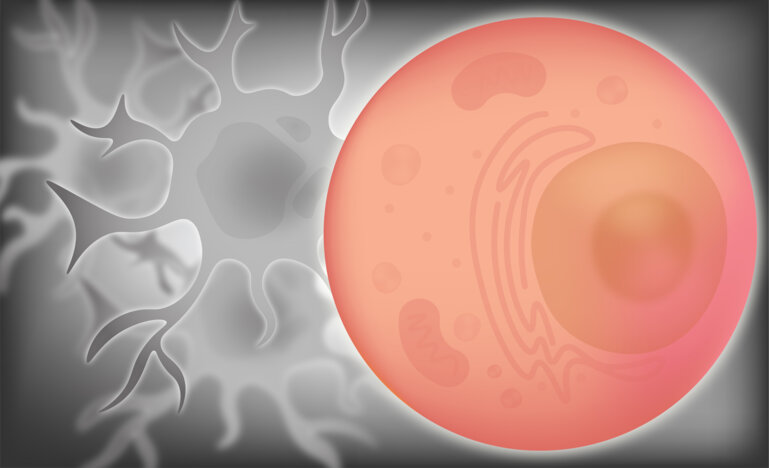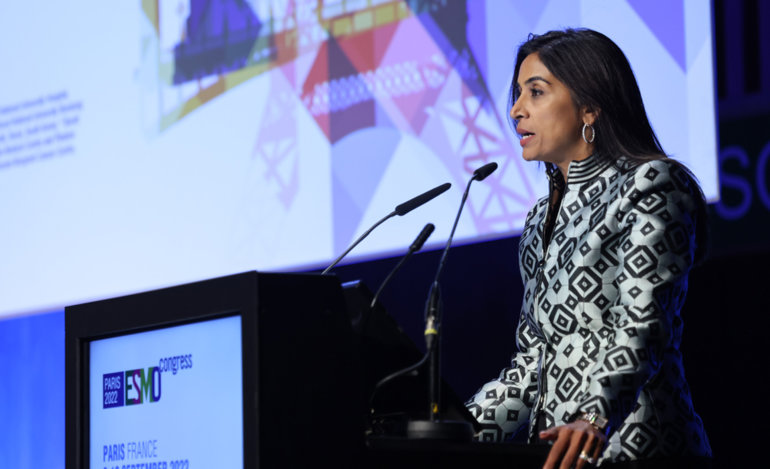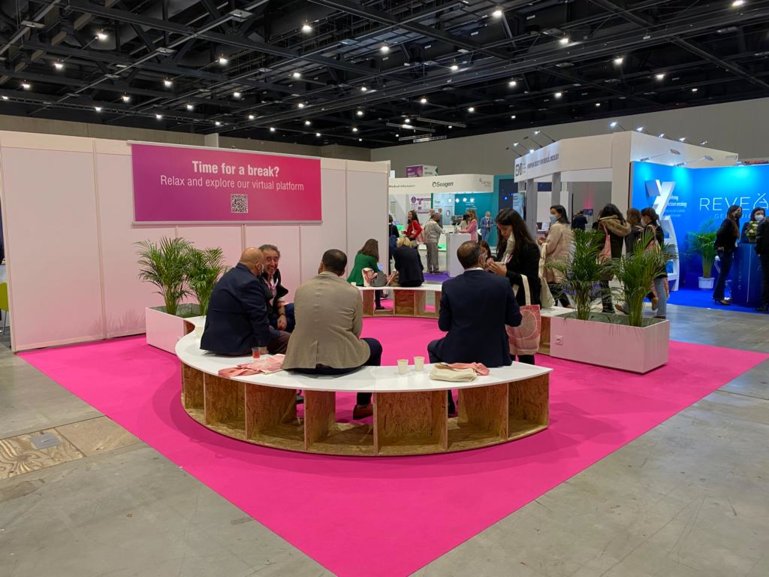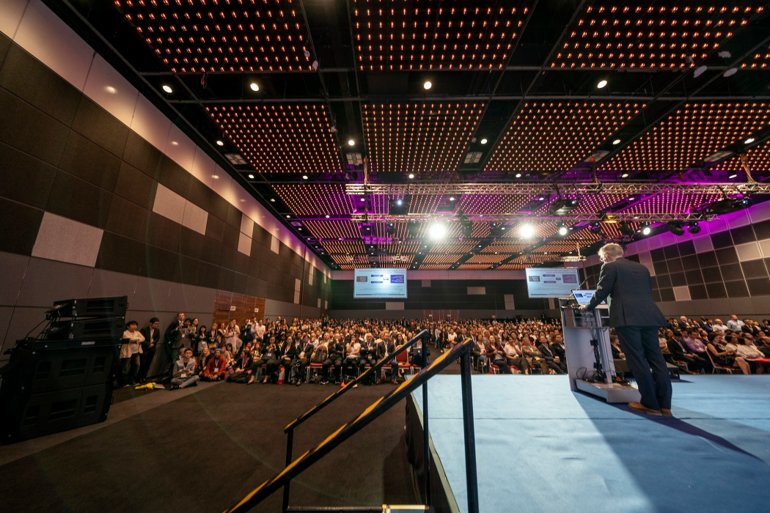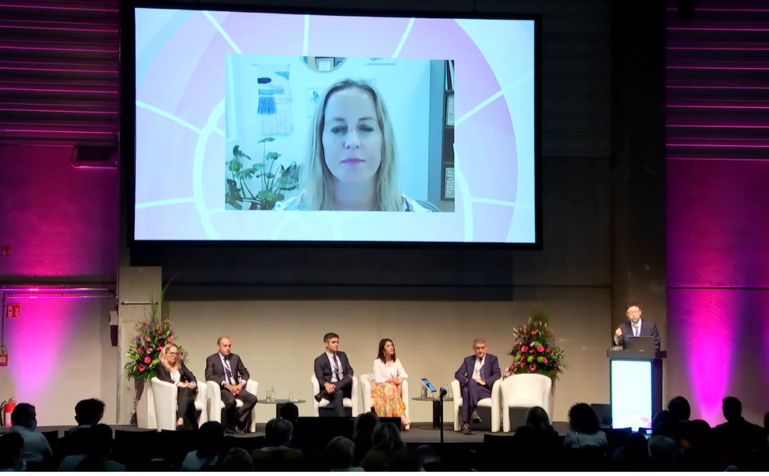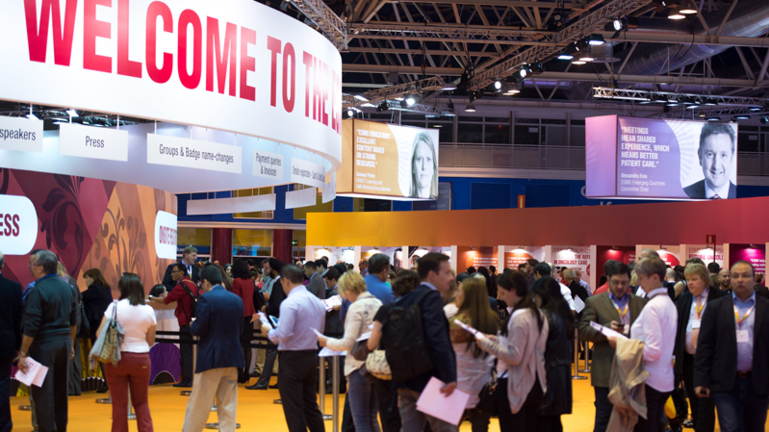Regulatory, practical and economic challenges are associated with implementing this personalised treatment on a larger scale, thus currently limiting its availability and accessibility to patients
Tumor-infiltrating lymphocyte (TIL) therapy, a personalised cancer treatment, has demonstrated remarkable potential in recent years (Clin Cancer Res. 2023 Sep 1;29(17):3275-3283). Patients with metastatic melanoma have seen consistent response rates exceeding 40% (Ann Oncol. 2019 Dec 1;30(12):1902-1913), with phase III randomised evidence supporting its efficacy since 2022 (N Engl J Med. 2022 Dec 8;387(23):2113-2125). Early encouraging results in other cancer types like non-small cell lung cancer and cervical cancer have led to ongoing phase 2 studies (J Clin Oncol. 2019;37:15_suppl:2538; Cancer Res. 2022;82(12_Supplement):CT130-CT130).
TIL therapy involves extracting TILs from a patient's tumour, expanding them in the lab, and reinfusing them into the patient, often after lymphodepleting chemotherapy, followed by high-dose interleukin-2, which introduces significant clinical challenges (Expert Opin Biol Ther. 2022 May;22(5):627-641). However, despite its promise, TIL therapy is currently available at only a few specialised centres worldwide, typically through clinical trials or early access programmes in some countries. The primary barrier to broader availability lies in the lack of regulatory approval from major agencies. While a decision on a biologics license application (BLA) for commercial TIL therapy in the USA is expected in February 2024, the status in Europe, where randomised evidence of efficacy was generated within an academic, non-profit trial, remains uncertain.
The European Medicines Agency (EMA) does not provide a special track for non-profit advanced therapy medicinal products (ATMP) in its Marketing Authorization Application (MAA) processes, making it particularly challenging for academic TIL therapy to navigate the current regulatory framework.
Manufacturing and clinical challenges have - and likely will in future - delay the development and implementation of TIL therapy. This personalised treatment shares the same manufacturing challenges with other ATMPs as CAR-T therapies. Two main manufacturing models exist: a commercial model, typically relying on centralised manufacturing facilities, and a non-profit model with point-of-care manufacturing. Both models rely on regional reference centers for clinical administration, where clinical expertise for cell therapy and interleukin-2 administration and side-effects management is accumulated. In both manufacturing and administration, the two main challenges are arguably costs and expertise. The costs associated with TIL therapy mainly depend on TIL manufacturing and administration. While costs for establishing manufacturing facilities can be offset by higher product manufacturing volumes and process optimization, TIL therapy remains cost-effective even with upfront costs (BMC Cancer. 2018 Sep 15;18(1):895). Expertise is critical, spanning TIL manufacturing and advanced clinical skills in cell therapy and interleukin-2 administration. Networks for training in TIL therapy are emerging, and higher-level training initiatives from institutional public actors are desirable.
TIL therapy offers an effective treatment for melanoma and holds promise for various cancer types. To make it more widely accessible, collaboration among researchers, patient associations, and policymakers is essential. EU public bodies can play a pivotal role by improving the regulatory framework for academic ATMPs and facilitating comprehensive training initiatives. Schemes such as PRIME run by the EMA are a step forward in this direction. Also, raising local political awareness and associated funding may increase the number of non-profit TIL therapy manufacturing facilities. Nonetheless, until toxicity concerns are mitigated, TIL therapy will remain an aggressive treatment option for selected patients who can tolerate its side effects within regional reference centres.

